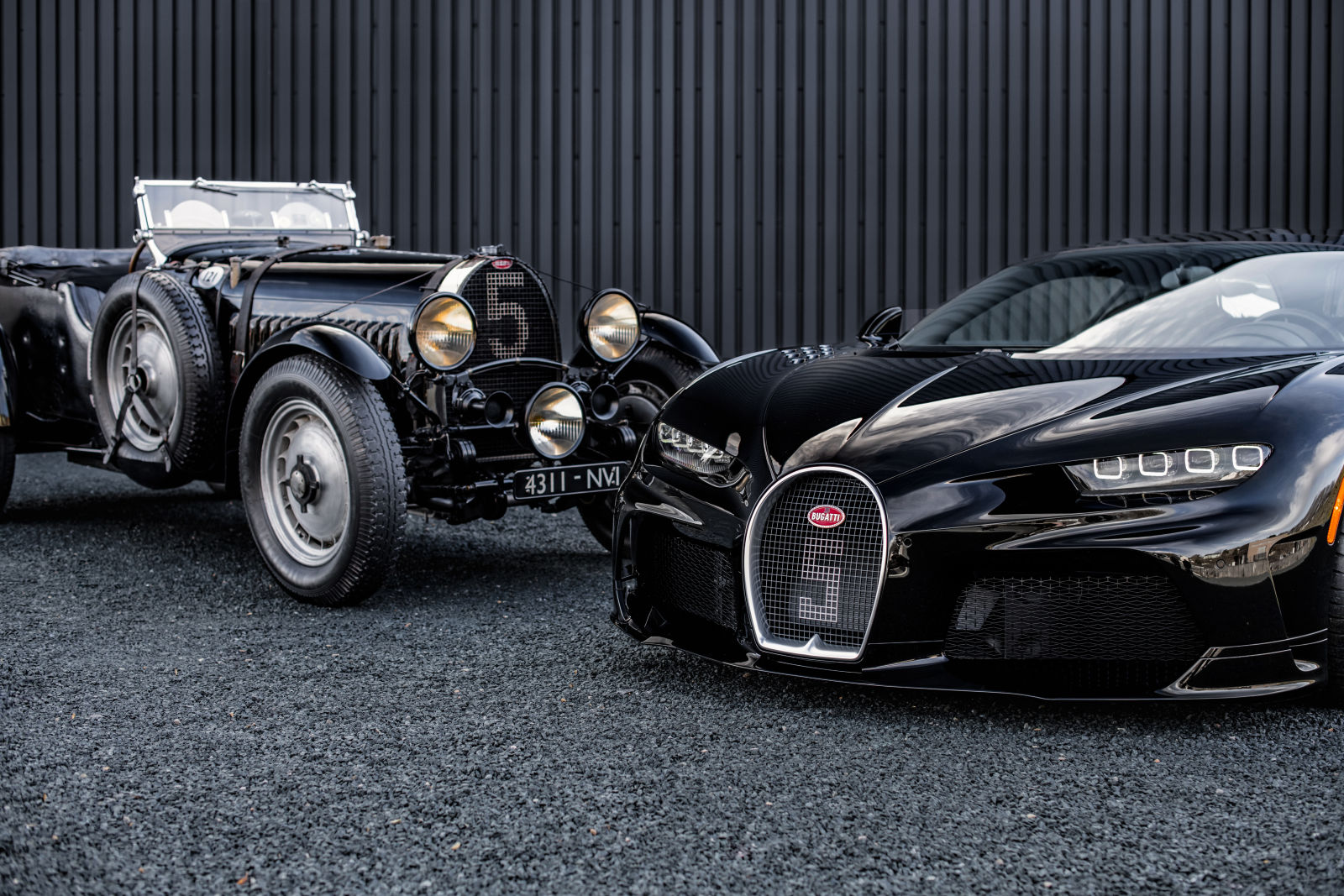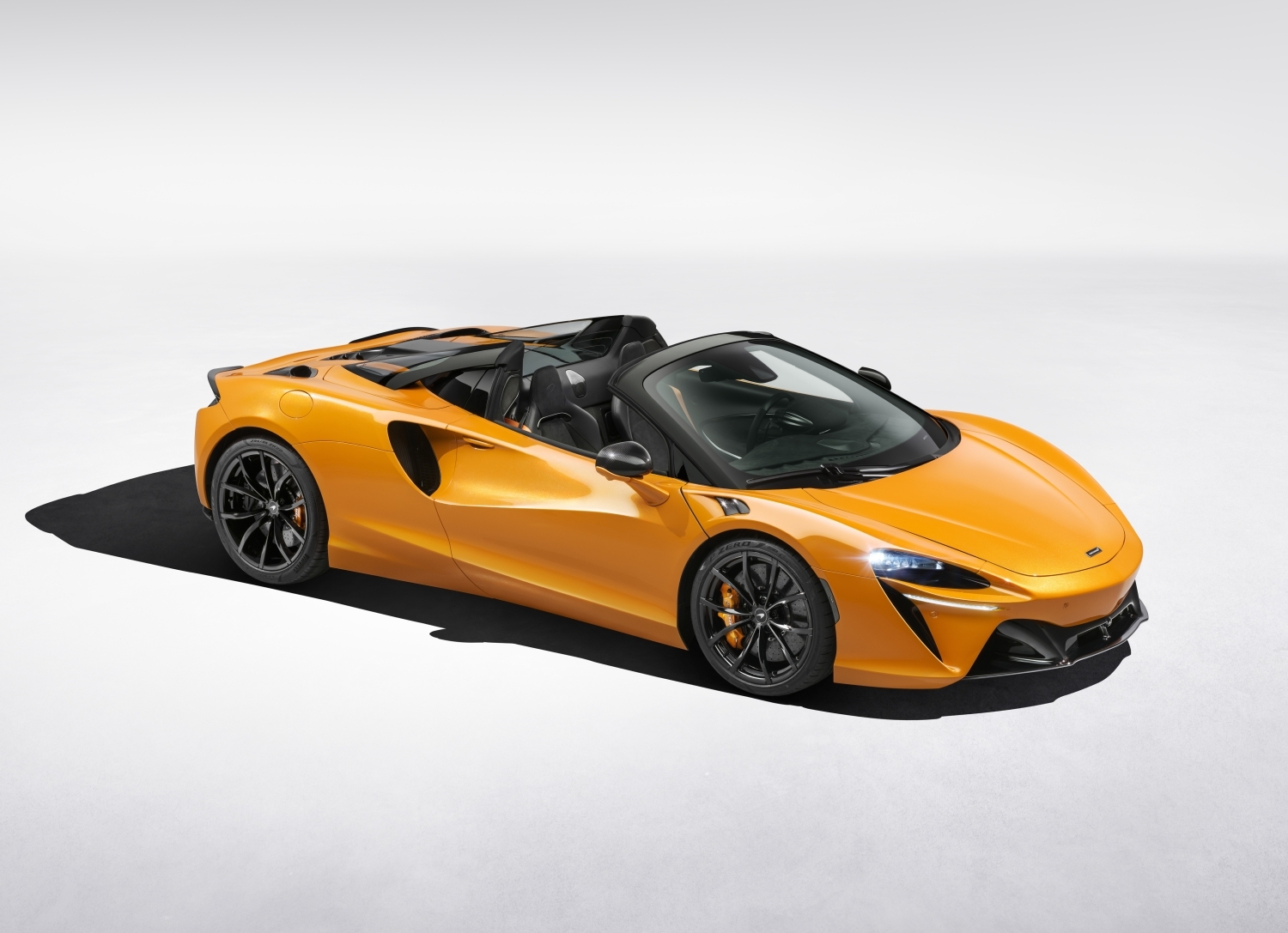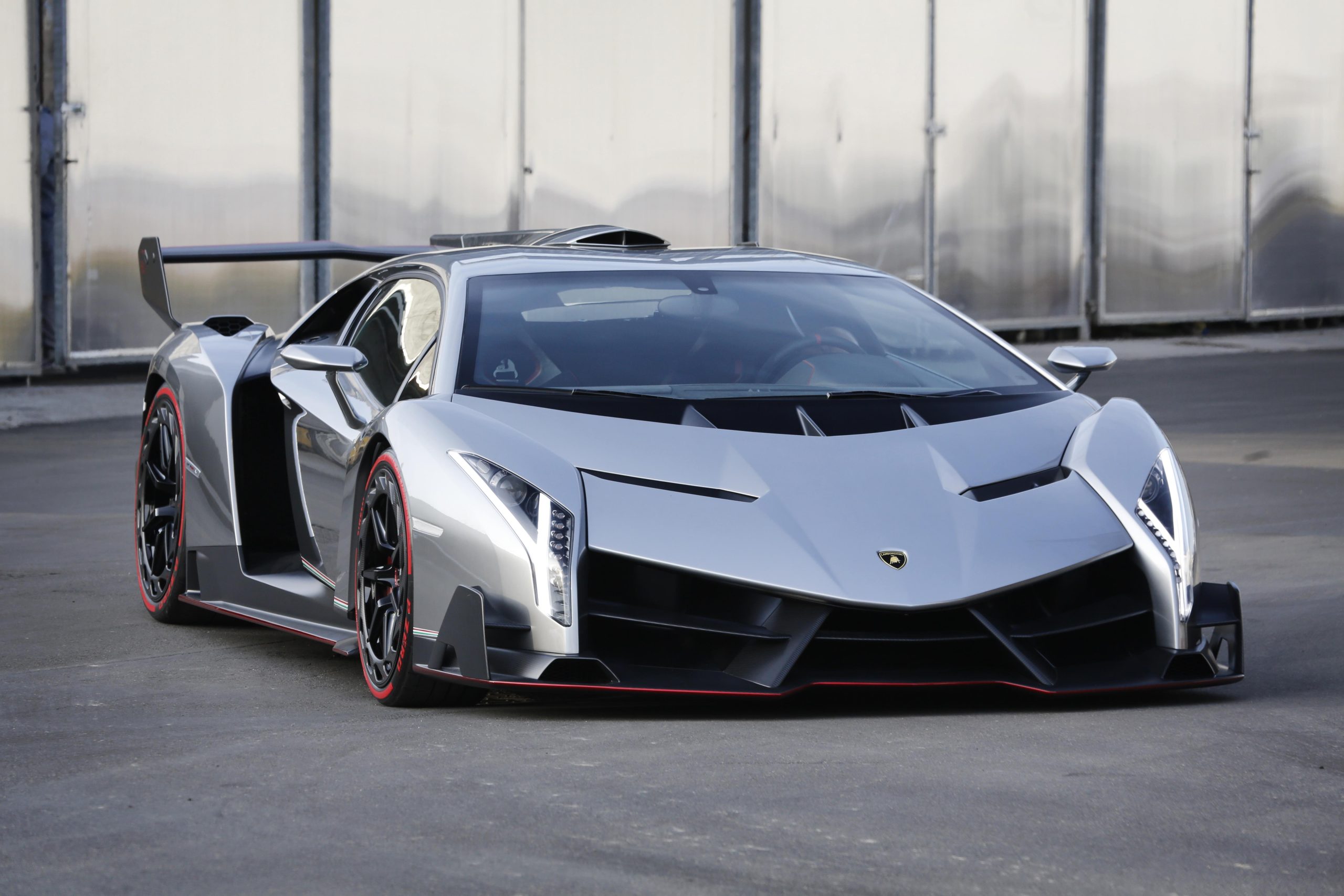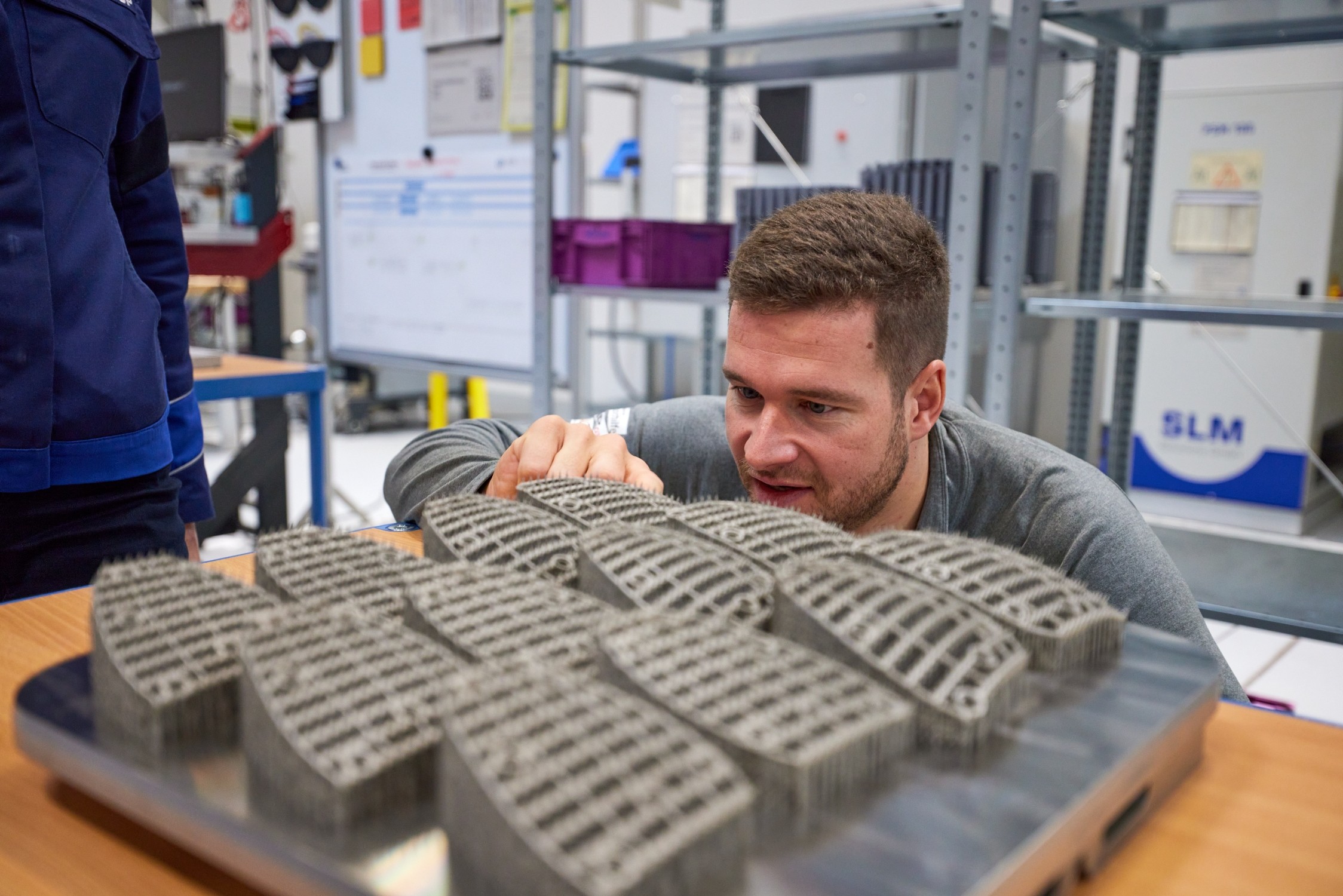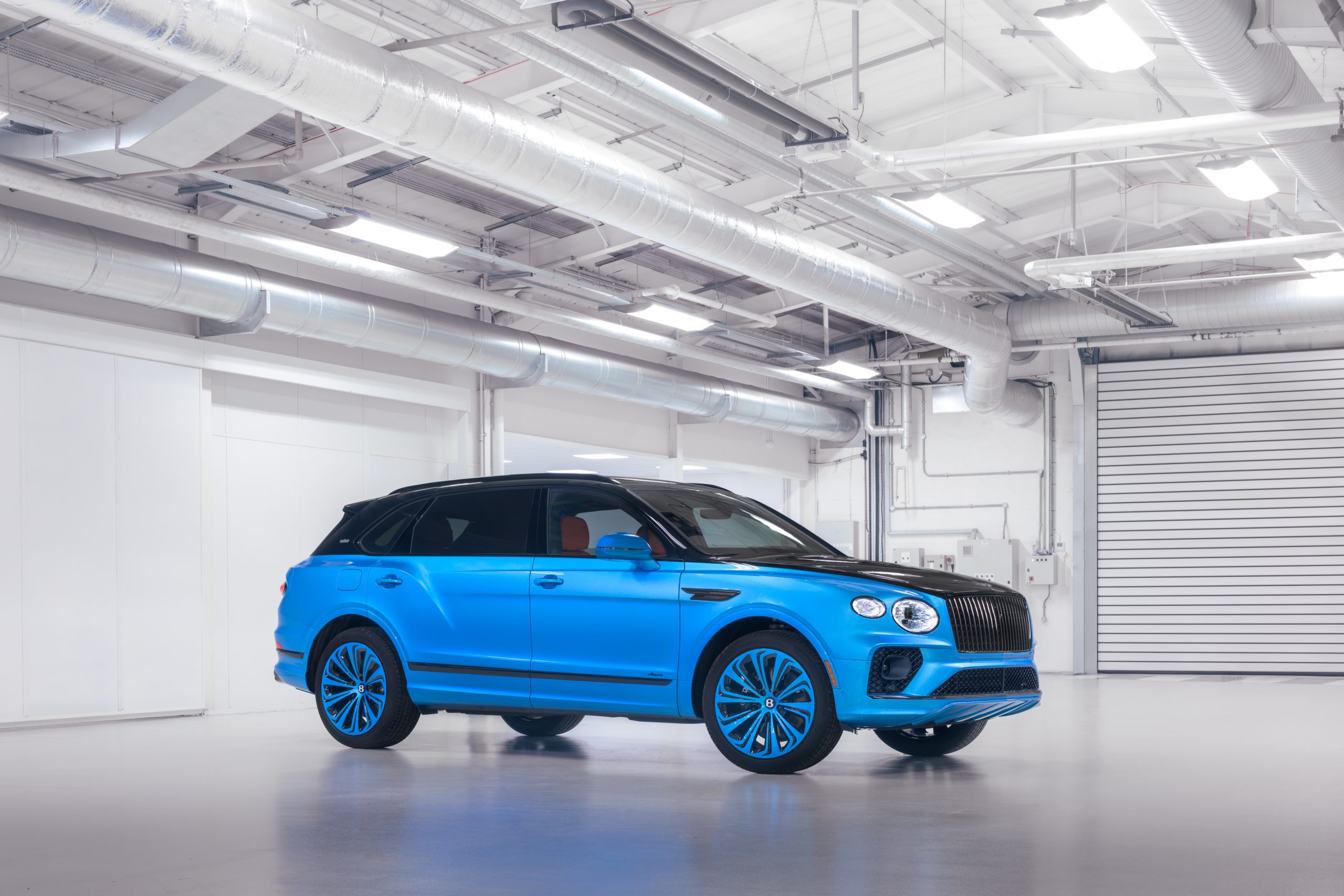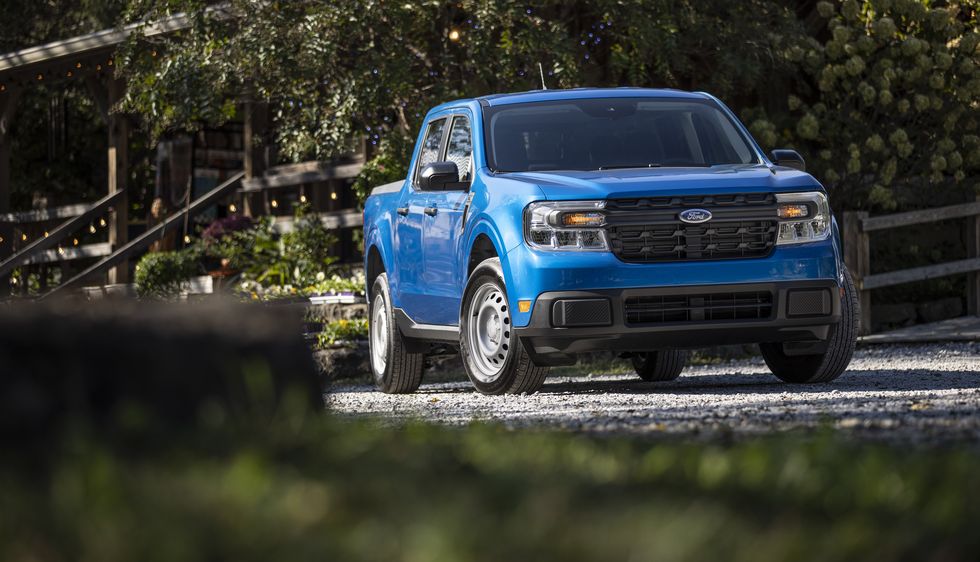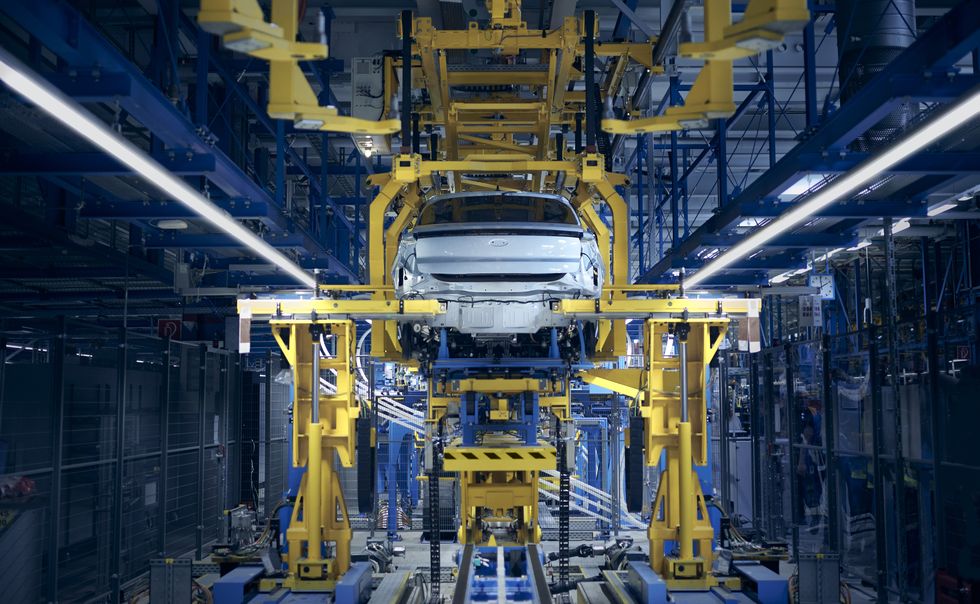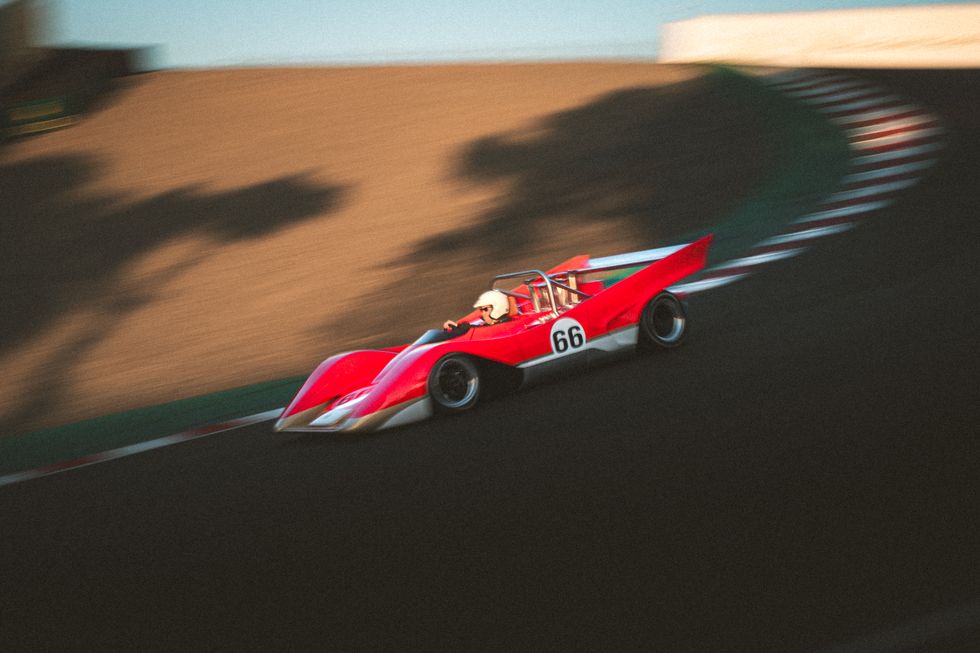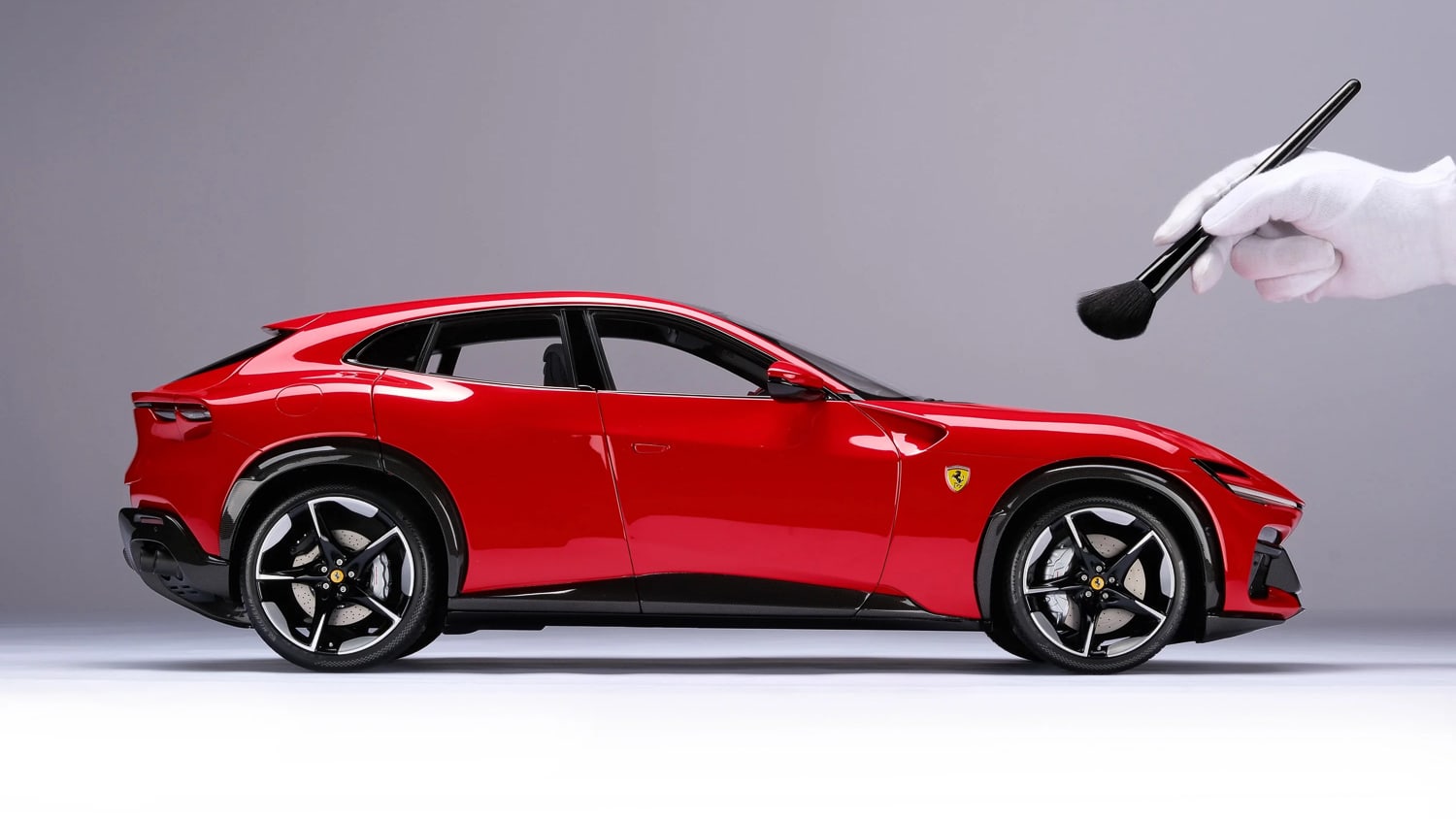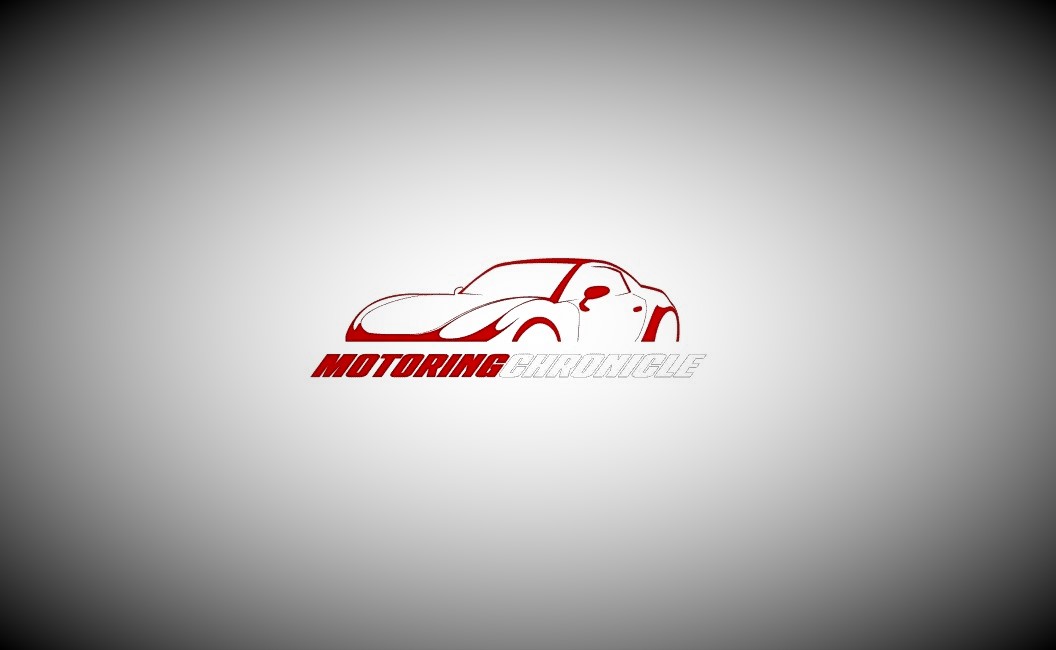The car that killed Holden in Australia
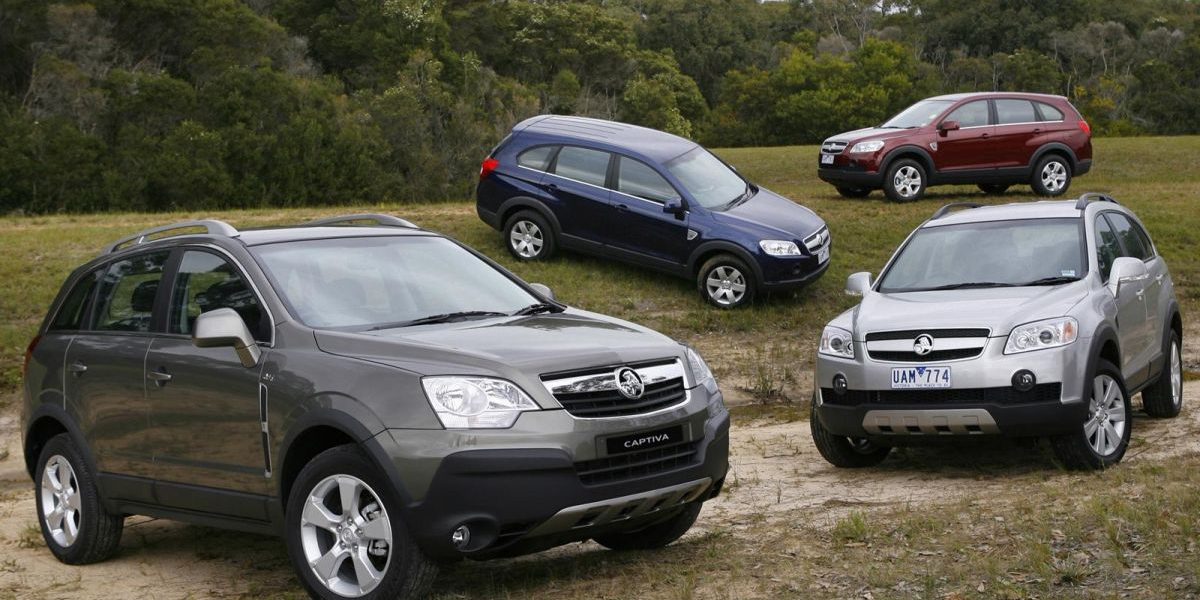
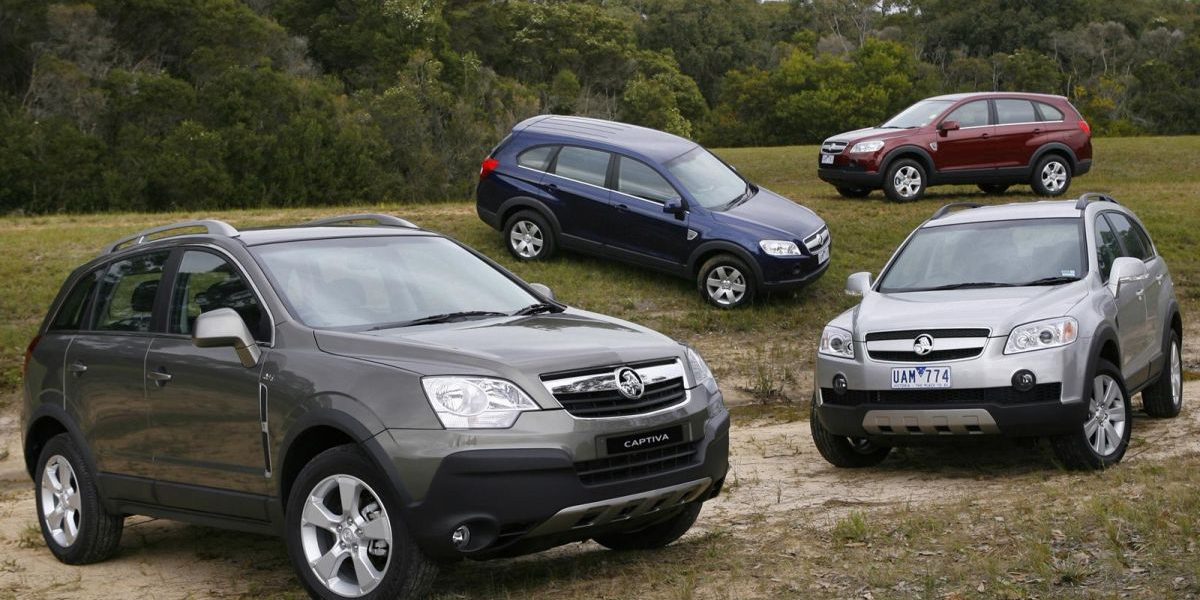
The story of Holden’s precipitous fall from being the number one brand to disappearing entirely is a long and tortuous one.
There are many reasons why it lost its spot at the top, but one car encapsulates them more than most: the Holden Captiva, or the Craptiva as it’s derisively known.
Holden had a long history of switching horses midstream with any products not called Commodore.
The Barina, for example, went from being a Suzuki to an Opel to a Daewoo. We went from an Isuzu-based Gemini to a Nissan-based Astra and then a Toyota-based Nova, before adopting the Opel Astra, dropping it for the Korean Cruze, and then returning to the Opel.
Then there was Holden’s mid-sized mess. After the Torana, Holden went from the Camira to the Apollo, Vectra, Epica and Malibu, with the Insignia thrown in for good measure.
In contrast, Holden was consistent with the Captiva. But this time they overcorrected, sticking with the same model and trying to keep it fresh for 12 long years.
The Ford Territory had a similarly long run, but it was a more impressive vehicle that was designed and engineered specifically for Australia.
The Captiva, in contrast, was a GM Korea product that was designed for global markets, typically sold as a Chevrolet Captiva but also sold in South Korea as the Daewoo Winstorm.
You could argue the rot set in at Holden with the first Korean Barina, the TK.
BarinaEpicaViva
General Motors bought Daewoo in 2002 and wasted no time using its cheap and cheerful (or cheerless) products to plug holes in its product lineup both here and abroad.
The Daewoo Kalos became the Chevrolet Aveo in the US (plus the Suzuki Swift+ and Pontiac Wave in Canada), and replaced the critically acclaimed Opel-sourced XC Barina in 2005.
Being a more budget-oriented model, the TK Barina did allow Holden to offer a lower base price, and it’s worth noting Opel’s reliability and build quality was far from the best in the late 1990s and early 2000s. Nevertheless, the TK was based on a car already a few years old, and was no better than the XC – and in many areas, it was worse.
Captiva MaXX
The Daewoo Lacetti-based Viva was at least brought over as a supplemental small car, not as a replacement for the Astra. But the Epica was – inline-six engines co-developed with Porsche aside – an astonishingly bland mid-sized sedan at a time when this segment was experiencing a resurgence, led by the desirable Honda Accord Euro and Mazda 6.
Then there was the Captiva, which was the newest and freshest-looking GM Korea product of the lot. It used a new platform GM called the Theta, and slotted in under the Commodore-based Adventra.
The locally built Adventra hadn’t been what the market was looking for, forever sitting in the shadow of the Ford Territory that looked more like a dedicated SUV than a jacked-up wagon. But the Captiva, while relatively appealing at launch with its handsome SUV styling, lingered like a bad smell – if a surprisingly popular one, like a can of Brut.
It seemed promising at first. There was a 169kW/297Nm 3.2-litre Alloytec V6 under the bonnet and a choice of five- and seven-seat configurations. A posher Maxx topped the range, also sourced from Korea but using the shorter, sportier-looking body and unique interior of the European-market Opel/Vauxhall Antara.
A 110kW/320Nm 2.0-litre turbo-diesel four-cylinder engine sourced from VM Motori joined the line-up in 2007, beating the Territory in offering a diesel by a whole four years (though the Ford’s V6 oiler was on another level).
2009 saw the V6-powered Maxx axed, replaced by the Captiva 5 packing a 103kW/220Nm 2.4-litre four-cylinder engine and repositioned as a rival for the likes of the Toyota RAV4. The larger-bodied vehicle was rechristened the Captiva 7.
2011 Captiva
A facelift came in 2011, with refreshed styling, a $2000 price cut on most variants, more standard safety equipment, and a range of new engines.
These included a 123kW/230Nm 2.4-litre four, the VE Commodore’s 190kW/288Nm SIDI 3.0-litre V6, and a more powerful VM Motori 2.2-litre turbo-diesel four with 135kW and 400Nm.
While that was a fairly substantial mid-life refresh on paper, by this point GM should have had (or been close to) a new generation – the related first-generation Chevrolet Equinox, for example, had finished its five-year run by this point and was onto generation two.
2015 Captiva
Not so the Captiva. There was another, minor update in 2014, along with a price cut with the seven-seat model’s base sticker coming in at $29,990 before on-roads, a sizeable $6000 less than at the Captiva’s debut.
Finally, GM gave the Captiva another facelift in 2016, dropping the shorter body style and the 5 and 7 suffixes, upgrading the infotainment, and adding new active safety equipment on the top-spec LTZ.
Frankly, a Dodge Journey or Fiat Freemont was a better choice in 2016, and yet the Captiva was still the second best-selling three-row crossover that year, behind only the superior (if more expensive) Toyota Kluger.
2016 Captiva
The aged Captiva helped establish (or arguably cement) Holden’s reputation as a purveyor of dated, low-price products. It was consistently popular with new-car buyers, which the car then burnt.
There were multiple recalls for fuel leaks, as well as other recalls for issues like steering shaft failures and brake valve problems.
There are widespread reports of timing chain failures in V6 models, with turbo-diesel versions also experiencing oil leaks and turbocharger failures, and some widely reported transmission issues. Nothing like some big-ticket failure items to alienate customers.
Unfortunately, the newer but similarly popular Cruze has also earned an unenviable reputation for reliability issues. As with the Captiva, there were examples that didn’t suffer costly issues, but also a lot that did.
Price cuts had helped spur already strong Captiva sales, and in 2013 Holden sold 20,033 examples – almost exactly twice as many as in its first full year on sale.
Indeed, in most years Holden sold at least 15,000 Captivas, with the seven-seat models proving the most popular, and it was only in its twilight years that it trailed off. Holden finally axed it in 2018.
Holden sales dropped below the 100,000 mark in 2016 to 94,308. They dropped slightly again to 90,306 in 2017, before falling precipitously: the brand sold just 60,751 vehicles in 2018, 43,176 in 2019, and 16,688 in 2020, the year it announced it was closing down.
So how can a vehicle that was clearly a major volume driver for Holden be considered a nail in the brand’s coffin?
Quite simply, the Captiva seemed to be merely the best thing Holden could get its hands on from the global portfolio, and sold solely on metal-for-the-money.
Rival Ford had developed an acclaimed, Falcon-based crossover for Australian conditions, Holden had tweaked a more budget-oriented Korean vehicle.
The differences in philosophy were also clear across the respective model ranges: Ford committed to sourcing its small and mid-sized cars from Europe, while Holden moved away from using Opels to GM Korea products only to reverse course later. A rumoured VE Commodore-based crossover to rival the Territory sadly never came to be.
You could argue Holden didn’t have much of a choice in the matter, and at least it priced the Captiva sharply. The Captiva’s Opel cousin was almost as long-lived, perhaps because GM’s bankruptcy interfered with its product plans.
2013 GMC Acadia2010 Chevrolet Equinox
The second-generation Chevrolet Equinox wasn’t built in right-hand drive, nor was the first-generation GMC Acadia, Chevrolet Traverse, Buick Enclave and Saturn Outlook quartet. There was nothing else for Holden to slot into this popular segment.
Alas, the Captiva’s red spot special reputation made it that much harder for Holden to sell the larger, considerably more impressive Acadia – if customers are used to getting a seven-seat Holden for as little as $30,000, why would they want to pay over $40,000 for one?
That was a shame, as with the large Acadia and mid-sized Equinox, Holden finally had some genuinely competitive (if still not class-leading) crossovers. They simply arrived too late.
Holden’s image had been eroded significantly by the time GM decided to turn off the lights.
Swapping most of its range to GM Korea-sourced models provided only a brief boost in volume for the brand, and ended up creating long-term reputation damage. The Opel vehicles they replaced may have had reliability and quality bugs, but they were more desirable vehicles.
The Captiva was pretty average from the get-go. Even if its reliability had improved later in its run, there was no getting around the fact it was a tired old bus that sold on price. Why would you buy a Holden when vehicles from ‘budget’ brands were newer and better?
The switch to the imported ZB Commodore alienated Holden loyalists who valued locally built models, and that was immediately reflected in sales figures. But it was models like the Captiva that arguably hollowed out the Holden brand’s image, leaving a weak foundation for it to stand on in a post-Commodore world – a world that sadly lasted only a few months.

